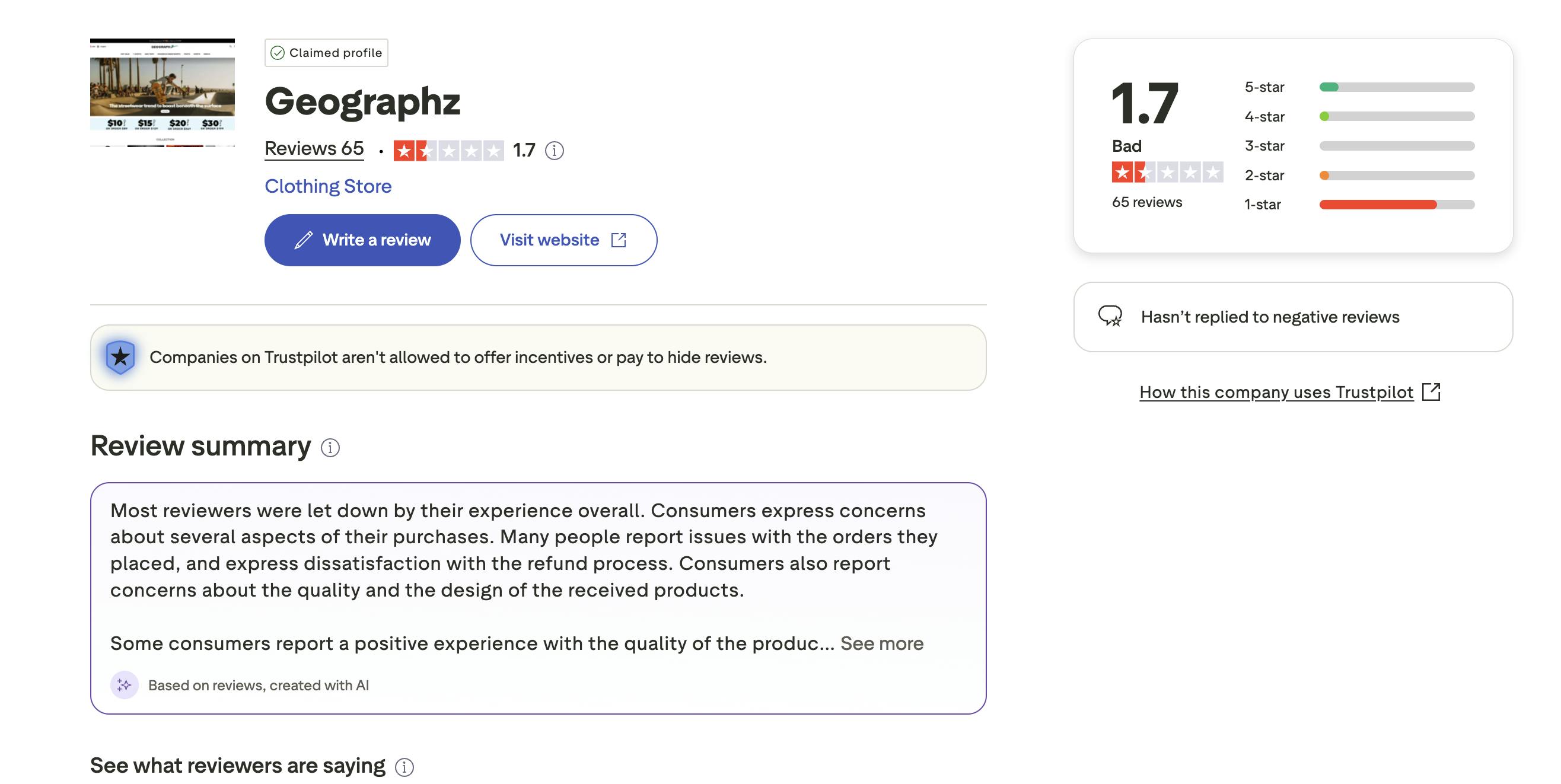‘s key takeaways
- The Wave 3 lists for $1,300, but often drops to $900. The optional battery pack adds between $550 and $900, depending on sales and deals.
- The Wave 3 offers enough cooling and heating for small spaces and does so reasonably quietly (it’s still an air conditioner after all).
- While portable, the Wave 3 with the battery is fairly heavy at 55.1 pounds.
A few years ago, I built a campervan out of a Ford Transit Connect. My goal when designing it was “tent replacement,” not “year-round living.” As such, I only included ways to keep the windows open and bug-free at night, plus a small, USB-powered fan. However, I’m a victim of my own success, as I’ve loved using it so much that I wanted adventures in hotter and colder weather and environments. The EcoFlow Wave 3 seemed like a perfect fix.
The Wave 3 is a portable heat pump, letting you increase or decrease the temperature in a small space like a van or a tent. This isn’t one of those cheap thermoelectric (Peltier) heat pumps that only offer a few degrees of difference from ambient. Inside the Wave 3 is a compressor like a full-size air conditioner. It’s rated for 6,100 BTUs of cooling and 6,800 BTUs of heating (which will cover approximately 120-180 square feet). That’s about the same as you’d get from a small, cheap, nonportable, window-style air conditioner.
Crucially, for my build anyway, there’s an optional 1,024-watt-hour battery pack. You can power the Wave 3 via a standard AC plug if your van has an inverter. This capability means you can use the Wave 3 at home, too, if needed. For my build, it was easier to charge the Wave 3’s optional battery via my solar panels and batteries, and let it power the Wave 3. Even though it’s portable, it still draws a lot of power. More than my setup could deliver without rewiring.
YARD AND OUTDOORS DEALS OF THE WEEK
Deals are selected by the Group commerce team, and may be unrelated to this article.
My experience with the EcoFlow Wave 3
I had to redesign my van’s layout to fit and secure the Wave 3. By taking out the rearmost seat (that I never used) and building a lighter bed frame, I actually saved 34.9 pounds, despite the Wave 3 and its battery adding 55.1 pounds. Colin Chapman would be proud.
The “remodel” in progress. The PVC pipe bedframe didn’t need to be more elaborate as a 2×4 piece of particle board sits on top of the fridge and extends halfway down the frame, holding the majority of my weight. A piece of posterboard covers the rest of the frame, which is enough so my feet don’t fall through. This worked great and was way lighter than my original bed build.
The Wave 3 requires at least one tube to vent air outside. It helps to imagine the unit as two separate heat-transfer cycles joined in a big plastic body. At the pointy end, air enters through a vertical vent. This passes across a radiator and comes out warmer or cooler, depending on the temperature desired. On the opposite end, the opposite process happens. Air goes in, passes across a different radiator, and hot air (when cooling) or cool air (when heating) goes out the top as “exhaust.” Obviously you don’t want this air to mix with your living space, so you need to run one of the included insulated accordion tubes outside.
For my setup, I cut a piece of corrugated plastic sheeting to fit the window on the passenger-side sliding door. Into this, I cut a hole the size of the vent. This all slides into the space of the slightly open window, remaining sealed (-ish) against bugs. The tube is long enough to open the door without detaching it.
The exterior of the window vent. Pipe insulation offered a bit of a cushion so the window height didn’t have to be exact.
The one-tube setup is certainly the easiest, but there’s another option. Included with the Wave 3 is a second tube that mounts on the intake of the “exhaust” side of the unit. Instead of taking air from your living space, warming or cooling it, and sending it outside, the Wave 3 will pull air from outside to use on the compressor side and then send this air back outside.
This is generally more efficient because with the one-tube setup, you create a slight negative pressure inside your living area since you’re sending some of that air outside. This negative pressure pulls hot (or cold) air from outside through any available nook or cranny. However, in my setup at least, the second tube would be a significant hassle. I don’t think there’s a right or wrong answer here, more what works best for your setup and space.
The EcoFlow Wave 3 during the rebuild. You need at least one hose to the outside.
There are buttons on the front of the Wave 3 that let you control temperature and other features, but there’s also an app. Since the Wave 3 is less than an inch from my bed, the app seems superfluous for me, but for your setup, if the unit is outside or otherwise not within easy reach, the app seems handy.
To test out the Wave 3, I visited Kings Canyon National Park in California. Though it was late spring, the weather felt more like early summer. So instead of heating, I had it cool the van to a perfect temperature. While the temp was great, the battery drain was more than I expected. EcoFlow says “up to eight hours,” but that seems really optimistic. Maybe if it’s not doing much work, only offering a few degrees of temp adjustment, then maybe I could see eight hours, but I think half that would be more likely, at least with my setup.
While I have 2,400 watt-hours of batteries in my van, it’s made for continuous low-power loads like lights and a fridge, not the intense draw of the Wave 3. While they’ll slowly recharge the EcoFlow battery, they can’t keep the system running. So I’m not convinced I could get a full eight hours of cooling if it were especially hot outside. Again, your setup might be different, but I wouldn’t expect eight hours for most situations.
I’d planned on an overnight in Death Valley to test that exact theory, but I missed my window, and it was well into summer before I had the chance. I didn’t trust the EcoFlow to run all night, keeping a reasonable temperature, when it was over 100 degrees F even at 3 a.m. So instead, I used it to keep the interior cool while waiting for some long-exposure astrophotography.
When heating and occasionally when cooling, condensation inside the Wave 3 will require the dumping of some water from an internal tank. A small hose is included for this. Since I haven’t done much heating other than seeing if it worked, I don’t know how often this will be required. By default, it doesn’t happen automatically, so it’s not going to leak on your floor. My plan for this winter is to bring an empty water bottle and let it drain into there at night if necessary.
Ready for camping!
Lastly, I’ve seen online some people using the Wave 3 to keep the interior of their vehicle cool for their dogs while they are away and do other things. There is even a Pet Care mode. This is such a terrible idea. If anything goes wrong (and it’s an electronic product, there are infinite things that could go wrong), you have a dead pet. Don’t do this.
EcoFlow Wave 3 specs
- Cooling power: 6,100 BTUs
- Heating power: 6,800 BTUs
- Weight: 33.7 pounds (unit), 21.4 pounds (battery)
- Battery life with optional battery: 2-8 hours (claimed)
- Typical price is $1,300, but I’ve seen it for $900, and there are often package deals at a discount.
- The app is available on iOS and Android
- 2-year warranty on Wave 3 and battery
‘s buying advice
From reading other reviews online, both professional and from campers and vanlifers, I think the main issue with the Wave 3 is overly optimistic expectations. In a well-insulated and otherwise sealed van, the Wave 3 could bring down the ambient temperature quite a lot. Probably not enough to sit inside during the day in Death Valley, but enough to allow for comfortable sleep if it’s still 80-plus degrees outside. In a minimally insulated van or a tent, the result will be far less impressive. That’s just the physics of a device this size and, well, how heat transfer works. Will it blow cool or warm air across your body in a hot or cold tent? Yes. Will it make a tent year-round livable without other considerations? It will not.
I paid $1,200 for my Wave 3, including the battery, which is a lot considering I only spent about $5,000 adding solar, a fridge, batteries and so on to my van. That said, I’m more confident I can embark on some adventures well into seasons I’d never intended for my van. Alaska in February or Death Valley in August? No, but there are plenty of options not quite to those extremes that I otherwise couldn’t do and now want to. Assuming the Wave 3 lasts for a few years, that’s not a bad investment.
So as long as you keep in mind that it can’t work miracles of thermodynamics, and that it can help cool and heat but is not a replacement for actual insulation or a full-size HVAC system, the Wave 3 should help make your van or tent a little more comfortable across multiple seasons.
One last thing: The price of the Wave 3 has dropped since I bought it, but the price of the battery seems to have gone up. It’s worth keeping an eye out for sales and deals.
In addition to covering cameras and display tech, Geoff does photo essays about cool museums and other stuff, including nuclear submarines, aircraft carriers, 10,000-mile road trips.
Also, check out Budget Travel for Dummies, his travel book and his bestselling sci-fi novel about city-size submarines. You can follow him on Instagram and YouTube.









